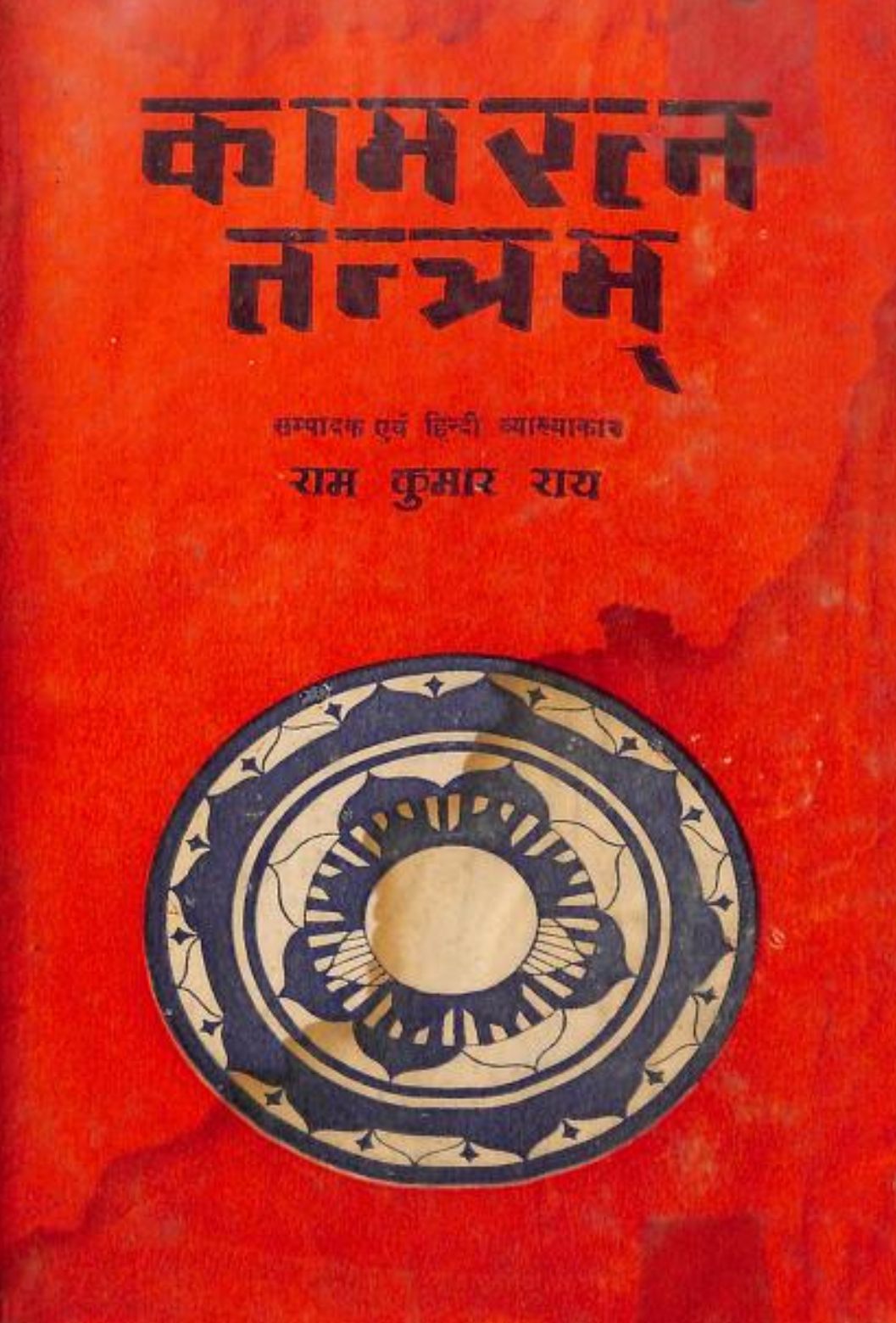Kaamratna or Kamratna Tantra (कामरत्न तंत्र) is a relatively lesser-known text within the extensive literature of Tantric traditions. Tantra, a broad and complex spiritual path that originated in India, encompasses a variety of practices and texts aimed at achieving spiritual enlightenment, personal transformation, and liberation. Here’s an overview of the Kamratna Tantra:
Background and Origin
The Kamratna Tantra, like many Tantric texts, is believed to have originated in medieval India, a period characterized by the flourishing of Tantric traditions. Tantra itself spans a wide range of practices and philosophies, and the Kamratna Tantra is one of the many texts that contribute to this diverse body of knowledge.
Philosophical Context
Tantra is often divided into several schools or paths, such as Shaiva, Shakta, and Vaishnava traditions, each focusing on different deities and practices. The Kamratna Tantra falls within this broad spectrum but specifics about its sectarian affiliation can vary.
Key Themes and Practices
This book is organised into sixteen chapters known as sixteen upadesh (teachings). While detailed content about Kamratna Tantra might not be as widely understandable as other scriptures, general themes and practices common in Tantric traditions can provide a contextual framework:
- Rituals and Mantras: Central to Tantra are rituals that often involve intricate ceremonies, the use of mantras (sacred sounds or phrases), and sometimes complex visualizations.
- Meditation Techniques: Tantric practices emphasize meditation, often involving visualization of deities, energy centres in the body (chakras), and the movement of life force (prana) through the body.
- Appeasing the Yakshini: In the fifteenth upadesh, or chapter, it talks about rituals to appease the Yakshini. As per the book, once pleased she appears near the meditator and gives a lot of money daily.
- Use of Symbols and Mandalas: Tantric texts often describe the use of symbolic diagrams (mandalas) and other ritual tools to aid in meditation and spiritual practices.
Modern Relevance
While historical and scriptural knowledge of Kamratna Tantra may be limited, the broader Tantric practices continue to be relevant and are practised in various forms around the world. Modern practitioners may draw from a wide array of Tantric texts and traditions, adapting ancient practices to contemporary contexts.
Conclusion
The Kamratna Tantra, as part of the rich and diverse Tantric tradition, represents a specific thread within the broader tapestry of spiritual practices aimed at transformation and enlightenment. Whether for academic interest or personal spiritual exploration, studying such texts can provide insights into the profound and often esoteric practices that have shaped spiritual traditions in India and beyond.
Hindi Translations
Three Hindi translations of the book are available in PDF format:
- Kamratna Tantra Edited by Ram Kumar Rai – Prachya Prakashan
- Kamratna Tantra Edited by Jwala Prasad Mishra
- Kamratna Tantra Edited by Pt Shyamsundar Sharmma
Kaamratn Tantra | कामरत्न तंत्र
| लेखक : | Gauriputra Nityanath| गौरीपुत्र नित्यनाथ |
|---|
| Book Language | हिंदी | Hindi |
| पुस्तक का साइज़ : | - Kamratna Tantra Edited by Ram Kumar Rai – Prachya Prakashan
- Kamratna Tantra Edited by Jwala Prasad Mishra (11 MB)
- Kamratna Tantra Edited by Pt Shyamsundar Sharmma (2.7 MB)
|
| कुल पृष्ठ : | - Kamratna Tantra Edited by Ram Kumar Rai – Prachya Prakashan
- Kamratna Tantra Edited by Jwala Prasad Mishra
- Kamratna Tantra Edited by Pt Shyamsundar Sharmma (184 pages)
|
| श्रेणी : | धार्मिक / Religious, साहित्य / Literature, हिंदू – Hinduism |
Kaam Ratn Tantra, Ed by Ram Kumar Rai
68 MB 
Kaam Ratn Tantra, Tr by Jwala Prasad Mishra
11 MB 
Alternate Better scan – 41 MB 
Kaam Ratn Tantra, Tr by Shyam Sundar Sharma
2.7 MB 






